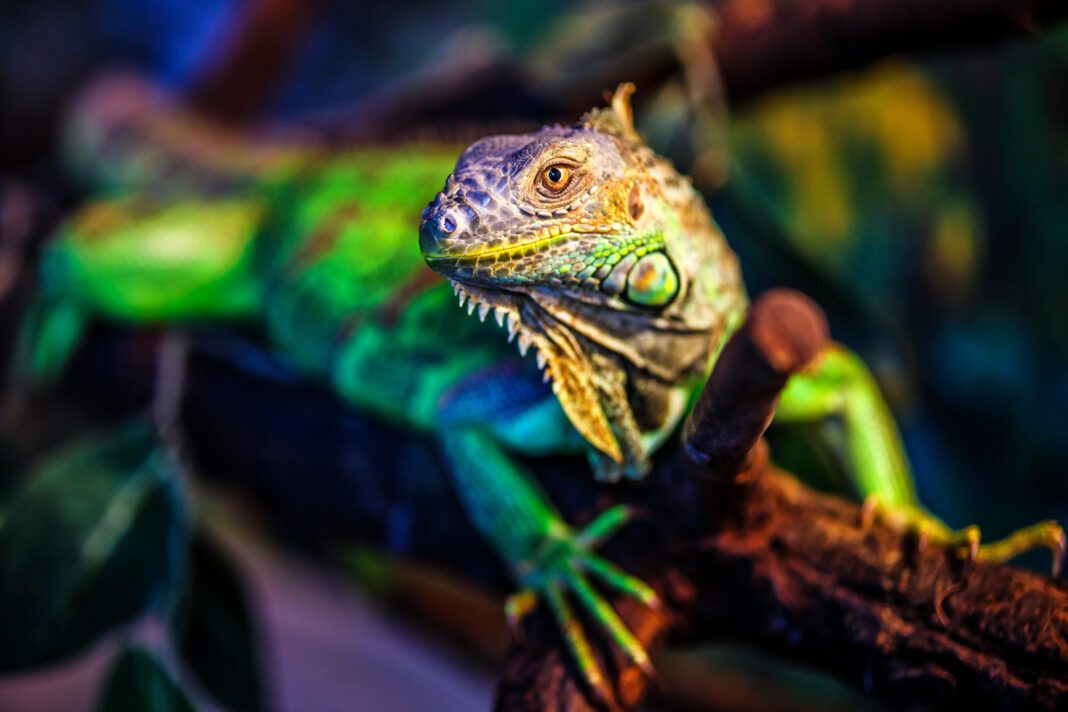
On August 14th, World Lizard Day celebrates these intriguing reptiles. Grasp its significance, activities, and global recognition.
Every year, on August 14th, reptile enthusiasts and nature lovers come together to celebrate World Lizard Day. This day is dedicated to raising awareness about these fascinating creatures, their diverse species, and the vital role they play in our ecosystem. From the sunbathing geckos to the swift chameleons, lizards have captured our imagination for centuries.
The inception of World Lizard Day is relatively recent, aiming to highlight the importance of lizards in biodiversity. It serves as a reminder of the threats they face, such as habitat loss and climate change, and emphasizes the need for conservation efforts.
Why Lizards are Important to Our Ecosystem
Lizards, often overlooked, play a crucial role in maintaining ecological balance. They act as both predators and prey, helping control insect populations and serving as food for larger animals. Their presence indicates a healthy environment, as they are sensitive to changes in their habitat. Moreover, lizards assist in nutrient recycling by consuming dead plants and animals, ensuring the soil remains fertile.
Popular Lizard Species Around the World
There are over 6,000 lizard species globally. Some popular ones include the Komodo Dragon, the world’s largest lizard, the vibrant Chameleon, known for its color-changing abilities, and the Geckos, recognized for their adhesive toe pads.
Celebrating World Lizard Day: Activities and Awareness
World Lizard Day isn’t just about appreciation; it’s about action. Many organizations host events to educate the public about lizards. Activities range from informative workshops, nature walks, and even lizard-themed art exhibitions. Additionally, social media campaigns using the hashtags #WorldLizardDay or #LizardDay help spread the word, encouraging more people to participate and learn.
Threats Faced by Lizards and Conservation Efforts
Lizards face numerous threats, including habitat destruction, pollution, and invasive species. Conservationists work tirelessly to protect these reptiles by establishing reserves, conducting research, and initiating breeding programs to ensure their survival.
Lizards in Popular Culture
Lizards have always been a source of fascination, making their mark in various cultures, myths, and media. From ancient folklore to modern movies, these reptiles have been depicted in diverse roles, symbolizing both fear and admiration.
Lizards in Ancient Myths and Legends
Throughout history, lizards have been revered in many cultures. In ancient Egypt, they were seen as symbols of divine wisdom and protection. The Maori people of New Zealand considered the tuatara, a lizard-like reptile, as a guardian of knowledge. In Native American legends, lizards often appear as tricksters or shape-shifters, embodying transformation and adaptability. Their frequent appearances in myths highlight their significance and the human fascination with these creatures.
Lizards in Modern Media
Today, lizards continue to captivate audiences in movies, books, and television. Characters like Rango, the chameleon sheriff, and Godzilla, the colossal sea monster, showcase the versatility of lizards in storytelling, ranging from heroes to formidable foes. Their unique characteristics make them perfect protagonists or intriguing side characters in many tales.
The Role of Zoos and Reserves in Lizard Conservation
Zoos and reserves play a pivotal role in the conservation of lizards. They provide safe habitats, away from urbanization and deforestation threats. Many zoos participate in breeding programs, ensuring the survival of endangered species. They also serve as educational hubs, where visitors can learn about the importance of lizards, their habitats, and the challenges they face. By fostering a deeper understanding and appreciation for these reptiles, zoos inspire visitors to take active roles in conservation efforts.
Lizard Pet Care and Responsible Ownership
Lizards are popular pets, but they require specific care. It’s essential for potential owners to research their needs, from diet to habitat. Ensuring they have the right environment, temperature, and nutrition is crucial. Additionally, sourcing lizards responsibly, avoiding wild-caught specimens, and opting for captive-bred ones can help in conservation efforts.
Lizards and Biodiversity
Lizards, with their vast array of species, play a significant role in global biodiversity. Their existence in various habitats, from deserts to rainforests, showcases their adaptability and importance in different ecosystems.
Lizards as Indicators of Environmental Health
Lizards are often considered bioindicators, reflecting the health of their environments. Their sensitivity to ecological changes makes them early warning systems. A decline in lizard populations can signal habitat degradation, pollution, or climate change effects. Monitoring their numbers and health can provide valuable insights into broader environmental conditions, prompting timely interventions and conservation strategies.
The Impact of Climate Change on Lizards
Climate change poses a significant threat to many lizard species. Rising temperatures can affect their thermoregulation, reproduction, and food availability. Some species might migrate to cooler areas, while others, unable to adapt quickly, face the risk of extinction. Conservationists are studying these impacts to develop strategies to protect vulnerable lizard populations.
The Beauty of Lizard Diversity
The world of lizards is incredibly diverse, with species varying in size, color, behavior, and habitat. From the tiny, vibrant-colored anoles to the robust monitor lizards, each species has unique adaptations that make them special. Their varied diets, from insectivores to herbivores, further highlight their adaptability and role in different food chains. This diversity not only adds beauty to our natural world but also ensures ecological balance, with lizards fulfilling various roles in their respective ecosystems.
World Lizard Day
While World Lizard Day is a day of celebration, it’s also a reminder of our responsibility. Recognizing the importance of lizards and the challenges they face is the first step. Supporting conservation efforts, educating others, and fostering a genuine appreciation for these remarkable reptiles can ensure they continue to thrive in our ever-changing world.


































